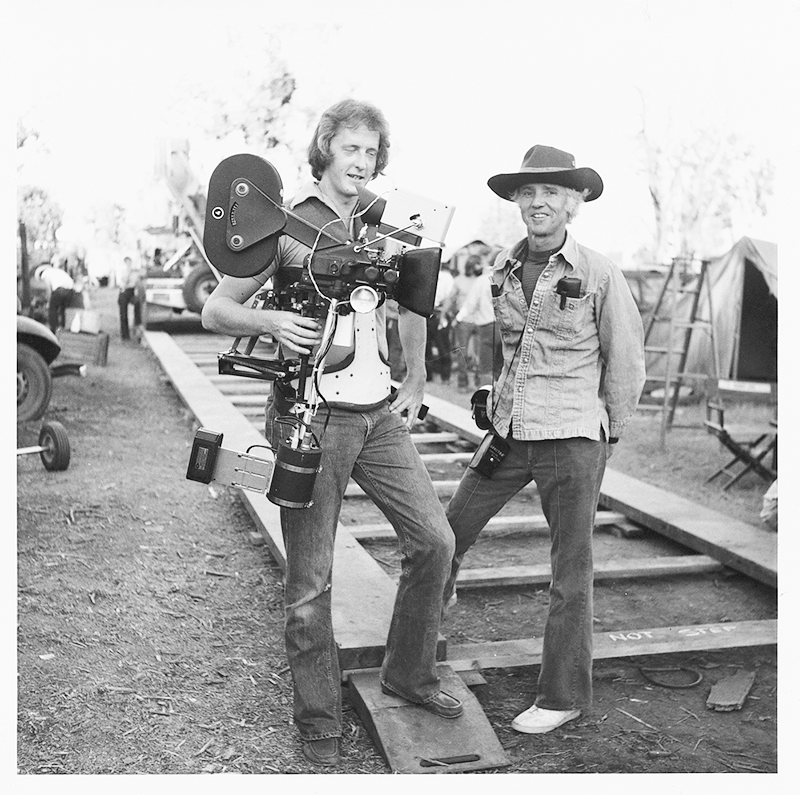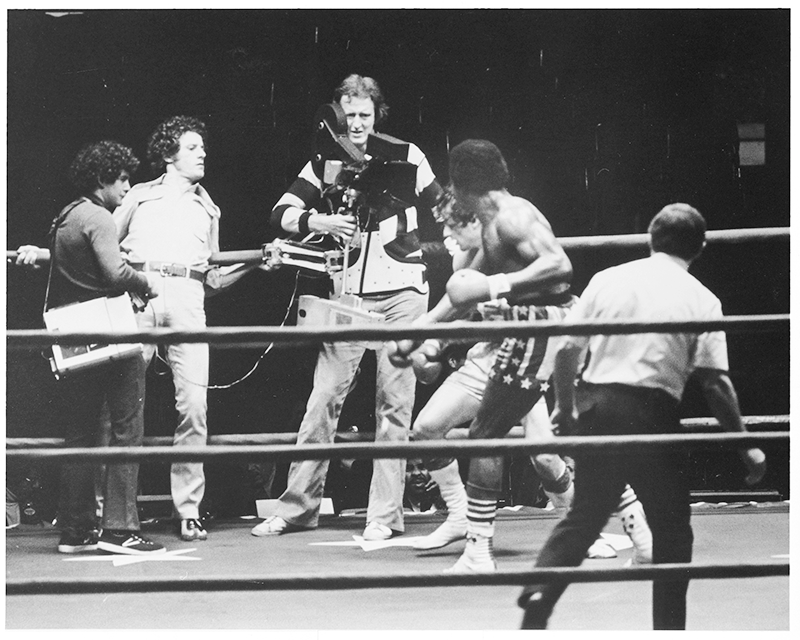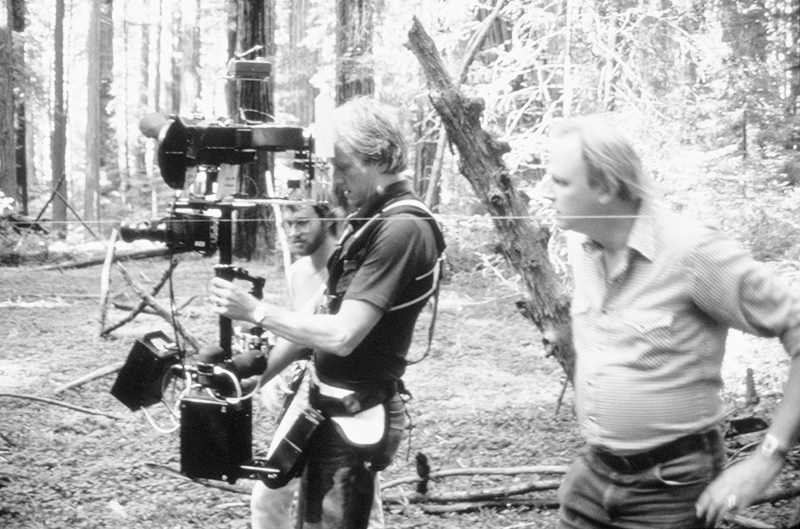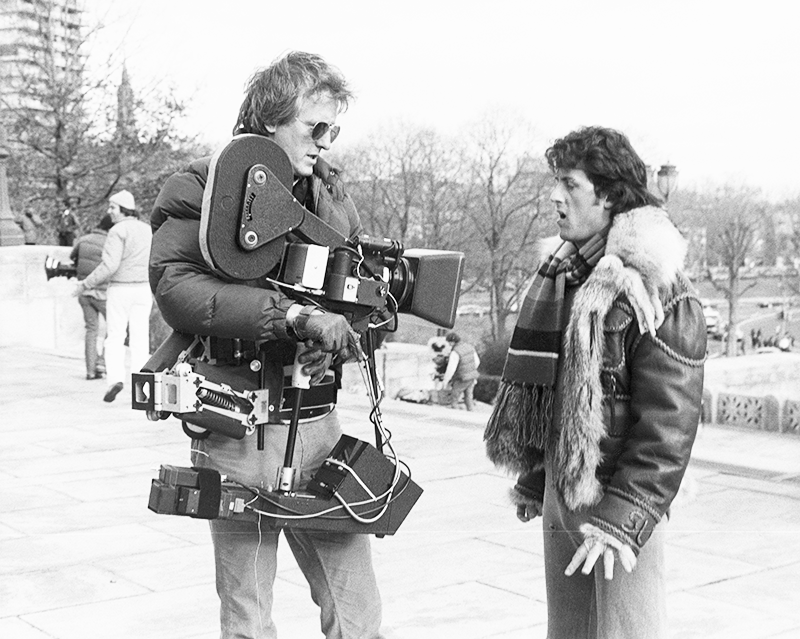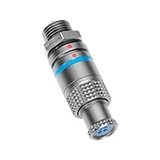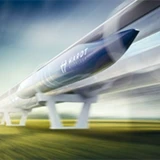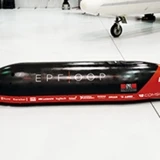Impossible shots in impossible places

People who watch the credits at the end of movies will know. There’s an Academy Award winner that has been on the set of virtually every major picture produced in the last 42 years.
A Steadicam is a camera stabiliser that is used by at least one specially-trained camera operator on nearly all films. It was invented in the mid-seventies by Garrett Brown and its first big screen roles came in 1976 in the movies Bound for Glory, Marathon Man and Rocky.
While there are today a few other camera stabilisers on the market, Steadicam is still considered the gold standard. Since 2000, the brand has been owned and manufactured by the Tiffen Company. Tiffen, which is celebrating its 80th birthday, is a leading manufacturer of imaging accessories for consumer/ professional imaging, motion pictures and broadcast television. From manufacturing lens barrels for camera companies, to developing their proprietary process for camera filters, to the Steadicam, their offer evolves to meet real-life needs. They hold numerous patents and have won awards including several Oscars and Emmy Awards.
A professional Steadicam operator wears a harness or vest connected to a pivot system and weighted armature that the camera is mounted on. The counterweight keeps the centre of gravity at the operator’s hand level, stabilising the image. The viewer gets a perspective much like real life — stable, but moving.
Tiffen continually innovates to improve Steadicams — with the inspiration often coming from clients. “They’ll come in and show me how they’re using it in the field. Sometimes, for example, they’d come up with a makeshift idea for their Steadicam vest, and that will set us to work on a new accessory,” says Robert Orf, Tiffen’s Engineering Manager, from his office in Burbank, California.
Garrett Brown is also still involved in every Steadicam design. “We’re in touch almost weekly,” says Orf. “He’ll come in with a design literally scribbled on a napkin and it will be my job to transform that, engineer it into a new product. I love the inventiveness of it all.”
Steadicams now come in all sizes to fit a wide variety of needs from smartphone and GoPro videos to live TV broadcasting to major motion pictures. Unsurprisingly, costs range greatly — from just over $100 for handheld consumer models to several tens of thousands for professional equipment.
“A great development we’ve recently introduced to the Steadicam is to augment the mechanics with electronic technology for horizon stabilisation,” says Orf. “This avoids a pendulum effect that the operator previously had to compensate for. It frees them to focus on the framing, the narrative and the navigation. We first did this with our Volt handheld systems for smartphones. Volt Systems are available as of this year for professional-sized rigs. Garrett Brown has called this the biggest advancement since the Steadicam’s invention.”
Orf says that using LEMO cables and connectors follows the approach they take to the Steadicam’s hardware in general: it’s got to be robust, it’s got to be reliable. “Steadicams are used in extreme conditions,” he explains. “Literally everything from arctic conditions to deserts to rainforests, not to mention things like pyrotechnics. More than once, you’ve only got one chance to make that shot, so you can’t lose it because a cable or connector gave out.”
It’s not just the elements that put the connectors to the test. “Our users will push this equipment to the limits and beyond,” says Orf. “So we make sure it can go beyond limits.”
For Orf, constantly improving the Steadicam’s robustness, technical capacity and ease of use comes down to one thing. “Storytelling,” he says. “With evermore flexible Steadicams, we expand possibilities, so cinematographers and amateurs alike can tell great stories.”
